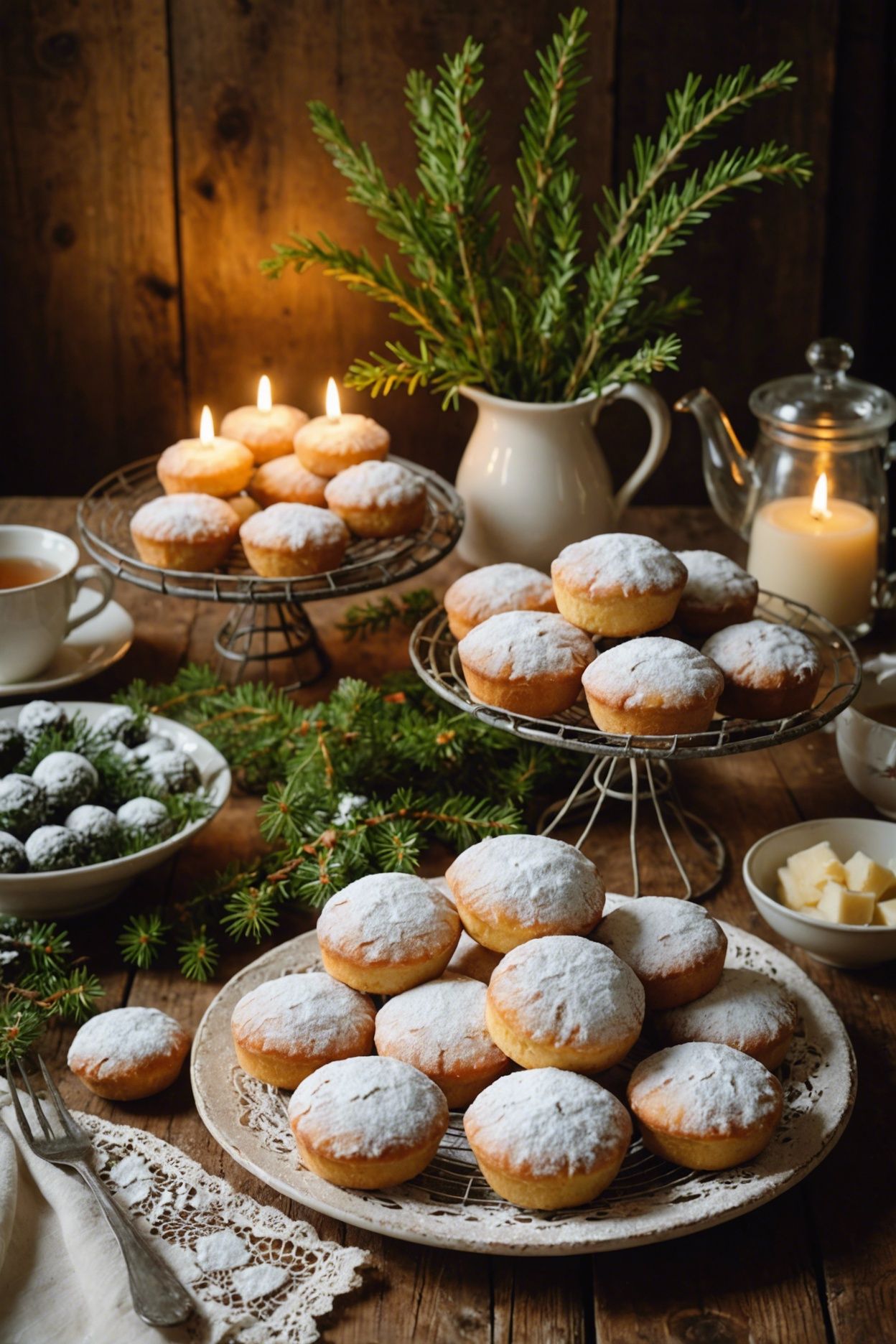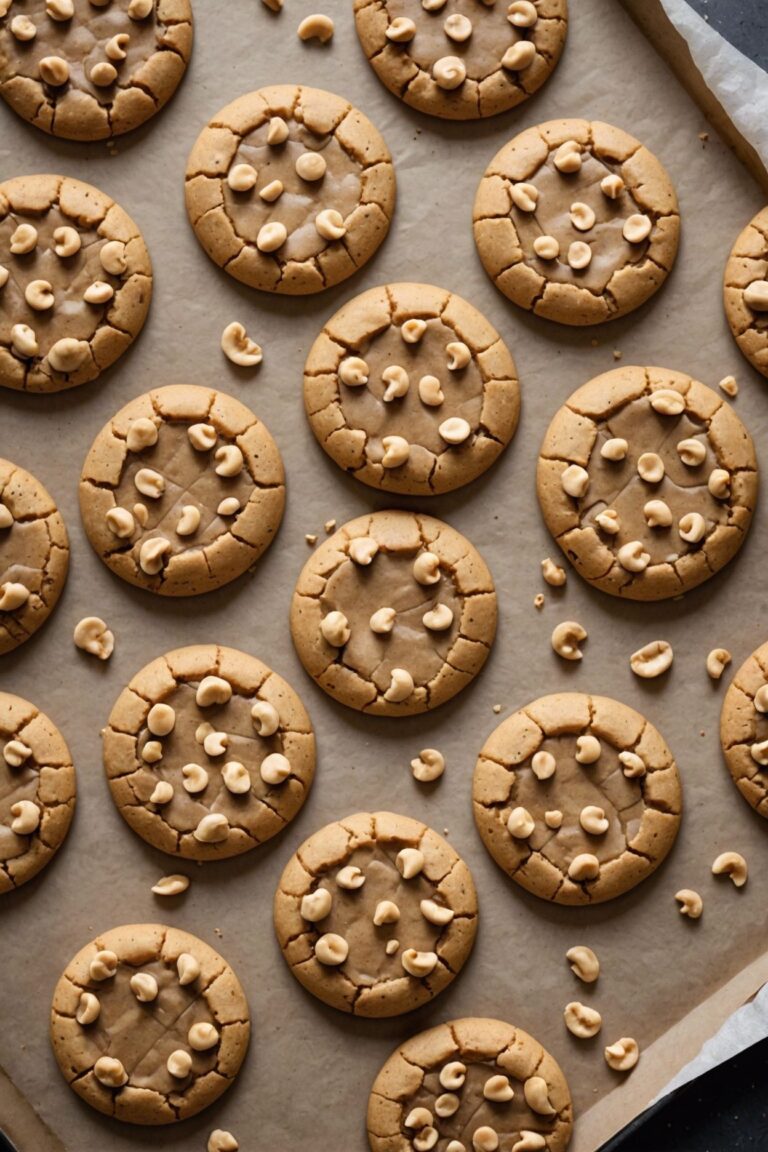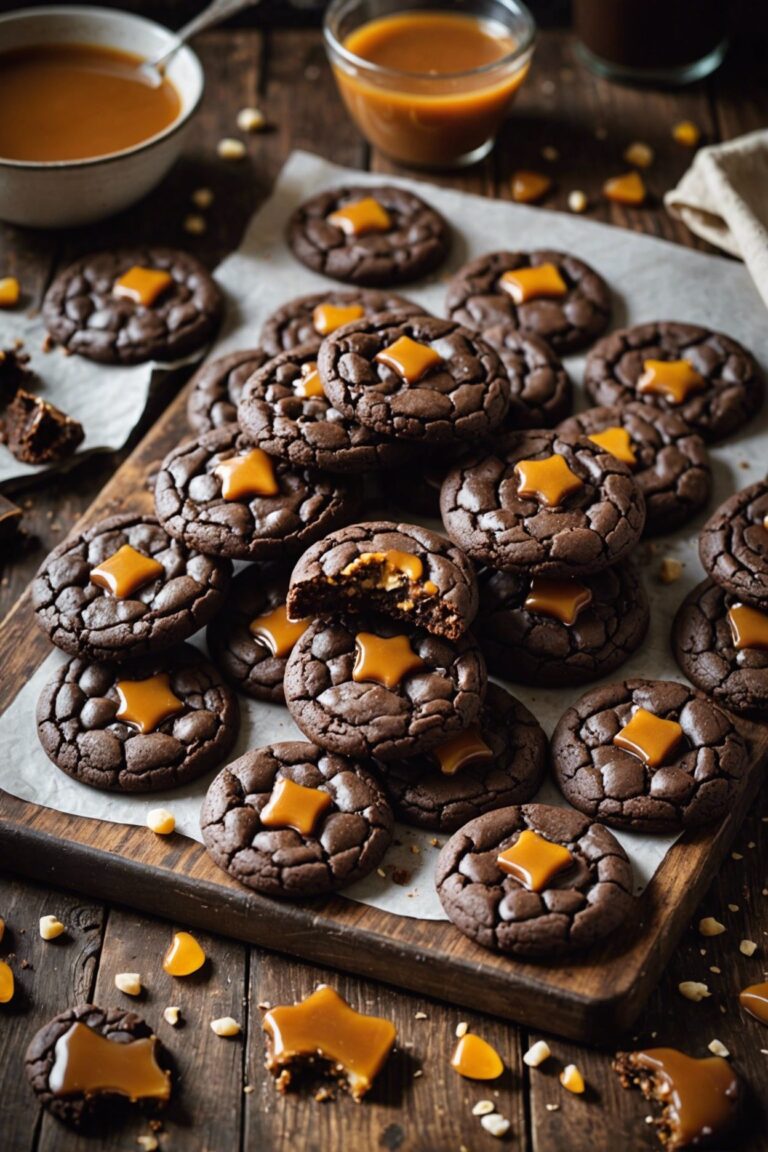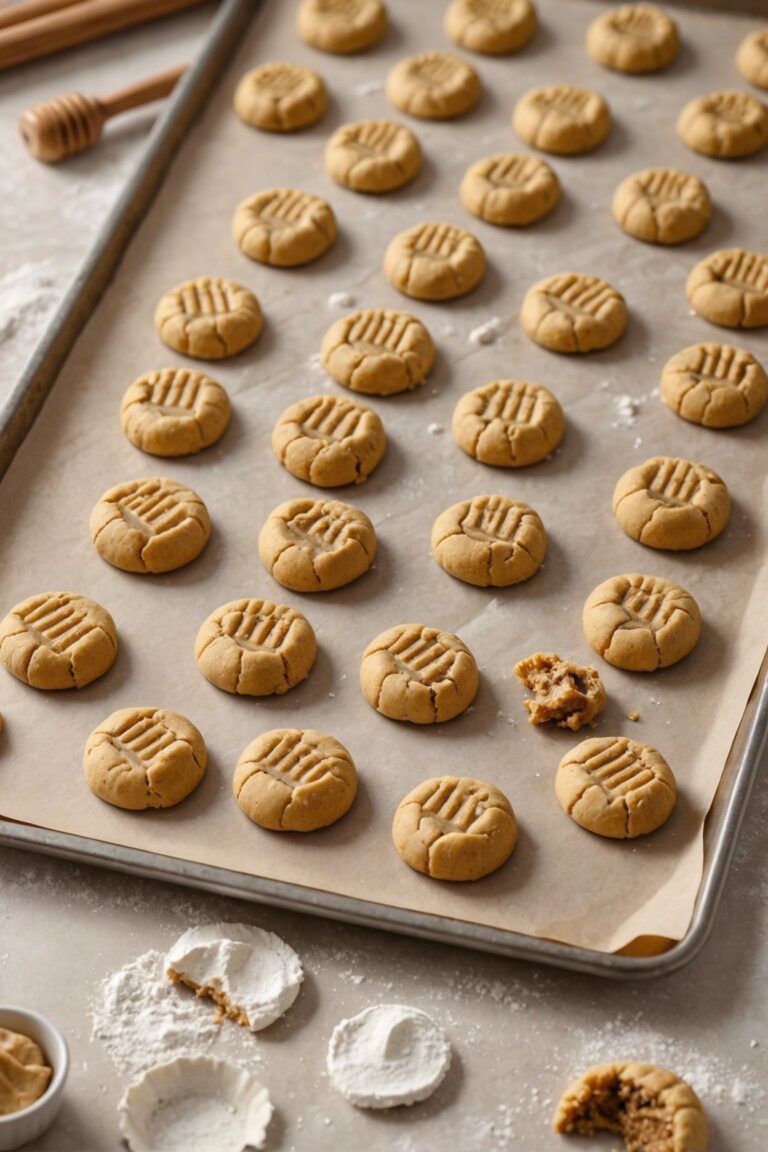My New Cookbook is Out! Check Out Now!
Russian Tea Cakes
Russian Tea Cakes, those tender, buttery treats that melt in your mouth, are a classic for a reason.
With a delicate balance of crunchy walnuts and sweet vanilla, these cookies are an absolute delight.
So, grab a cup of tea and let’s get started on this sweet adventure, shall we?
Ready Time
1 hrs 15 mins
Yields
10 servings
Ingredients
- 2 1/4 cups all-purpose flour
- 1 teaspoon baking soda
- 1 teaspoon salt
- 1 cup unsalted butter, softened
- 3/4 cup granulated sugar
- 1/2 cup brown sugar
- 2 large eggs
- 2 teaspoons vanilla extract
- 1 cup chopped walnuts
- Confectioners’ sugar, for dusting
Instructions
Preheat your oven to 350°F (180°C). Line a baking sheet with parchment paper or a silicone mat.
In a medium bowl, whisk together the flour, baking soda, and salt.
Set aside. In a large bowl, cream together the butter, granulated sugar, and brown sugar until light and fluffy, about 2-3 minutes.
Beat in the eggs one at a time, followed by the vanilla extract.
Gradually mix in the flour mixture until just combined, being careful not to overmix. Stir in the chopped walnuts.
Scoop tablespoon-sized balls of dough onto the prepared baking sheet, leaving about 2 inches of space between each cookie.
Bake for 12-15 minutes, or until the edges are lightly golden. Remove from the oven and let cool on the baking sheet for 5 minutes before transferring to a wire rack to cool completely.
Dust with confectioners’ sugar before serving.
You should end up with about 10 delicious Russian Tea Cakes!
Notes
These Russian Tea Cakes are perfect for the holiday season, but honestly, you can make them anytime you want a sweet treat.
Make sure to use softened butter, as it’ll make a huge difference in the texture of the cookies.
If you want a crisper cookie, bake for 15 minutes, and if you prefer a chewier cookie, bake for 12 minutes.
Also, toasting the walnuts in a 350°F oven for 5-7 minutes will bring out their flavor, but it’s optional.
If you don’t have unsalted butter, you can use salted butter and simply omit the added salt.
Store these babies in an airtight container at room temperature for up to 5 days, or freeze for up to 2 months.
Nutrional Value
- Calories: 170
- Total Fat: 10g
- Saturated Fat: 6g
- Trans Fat: 0g
- Cholesterol: 20mg
- Sodium: 50mg
- Total Carbohydrates: 20g
- Dietary Fiber: 1g
- Sugars: 8g
- Protein: 2g









